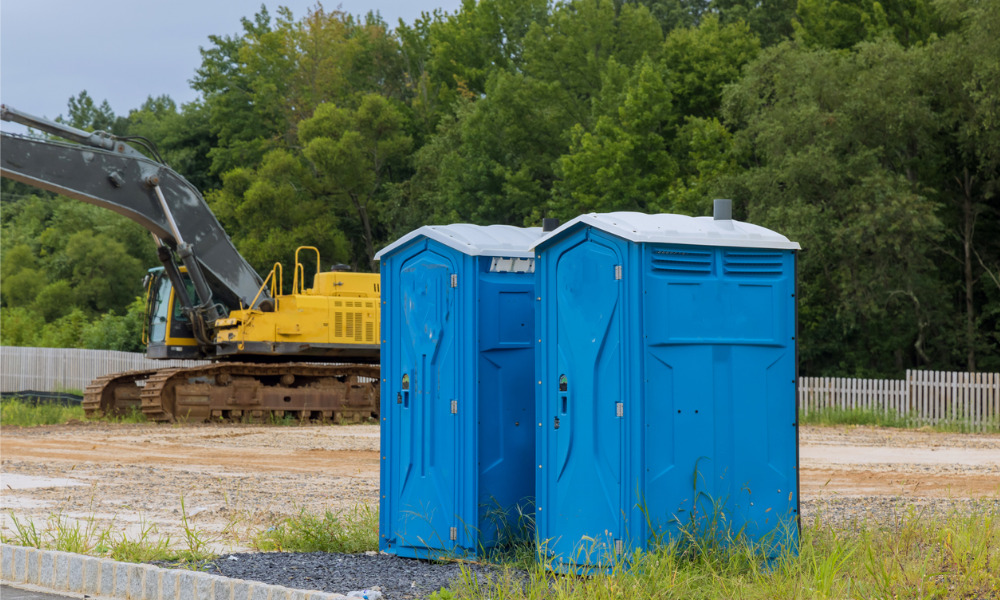Ontario issues more than 2,000 orders in 14 months at construction projects

“It’s just a big pile of feces. No flushing, no water, no soap, no paper, no nothing.” That’s how Mahee De Repentigny describes the bathroom situation at some of the construction sites where she works as part of the Ironworkers local 765. “You might as well just go outside at that point.”
De Repentigny shares her story in a video posted on social media by Monte McNaughton, Ontario’s Minister of Labour, Training, Immigration and Skills Development.
“Everyone has the right to clean and safe bathrooms in the workplace,” says McNaughton in his tweet, where he also calls on construction workers to share their “Bathroom Horror Stories.”
I stand with the workers building this province everyday.
— Monte McNaughton (@MonteMcNaughton) February 27, 2023
Everyone has the right to clean and safe bathrooms in the workplace.
🚨Calling all Construction workers🚨
Comment below and tell me about your job site Bathroom Horror Stories 👇👇 pic.twitter.com/SsxE0LylJO
Dozens of people responded with one saying, “try changing a tampon in a porta potty…I think about toxic shock every time.”
De Repentigny says she won’t use dirty bathrooms or porta potties on construction sites and will instead “drive to Timmies or something…because it doesn’t feel safe to use the bathrooms at work.”
She’s not wrong to feel unsafe, according to Dr. Joel Moody, the chief prevention officer with the Ministry of Labour. He says the COVID-19 pandemic taught us proper hygiene can be the difference between life and death.
“Good personal hygiene, clean water, waste disposal, those have long been recognized as an effective way to prevent the spread of infectious disease,” says Moody, who adds in addition to the risk of transmissible diseases, sanitary bathrooms also help control other workplace hazards and help make sure “you're also minimizing risk of inhaling or ingesting toxic or corrosive substances.”
The ministry provided Canadian Occupational Safety with the latest statistics from its bathroom blitz of construction projects in Ontario. In 2022, inspectors visited more than 13,650 construction projects and issued more than 1,880 orders related to washrooms.
In January and February of this year inspectors visited 2,085 workplaces and issued a total of 344 orders related to toilet and clean-up facilities.
“The numbers are definitely not where we would want those to be with any of our sites,” says Dr. Moody, “and I'm sure the constructors would also not want those numbers to be that high.”
That’s why the minister put out the call for workers to share their stories, and it’s why the ministry is continuing with its blitz. Inspectors are looking for these requirements.
- privacy
- cleanliness
- ventilation
- clean-up facilities
- heating (if possible)
While most are straightforward, privacy can be difficult to define. Dr. Moody says several factors need to be considered.
“The location of where these facilities should be placed, if you're in a large open construction site, or if you're in a very small site. So it doesn't negate the need, but it looks at how might we find ways to provide better access for the workers while they're doing their jobs.”
Those workers include women, and inspectors are considering equal accessibility.
“Availability of that toilet facility could be unisex. They're single units or they can be separate if they're intended to be used by one gender or the other. So, it's about the availability and ensuring that they are following proper health sanitation processes.”
Aside from best safety practices, Dr. Moody adds clean bathrooms also lead to healthier, happier, and more productive workers.





